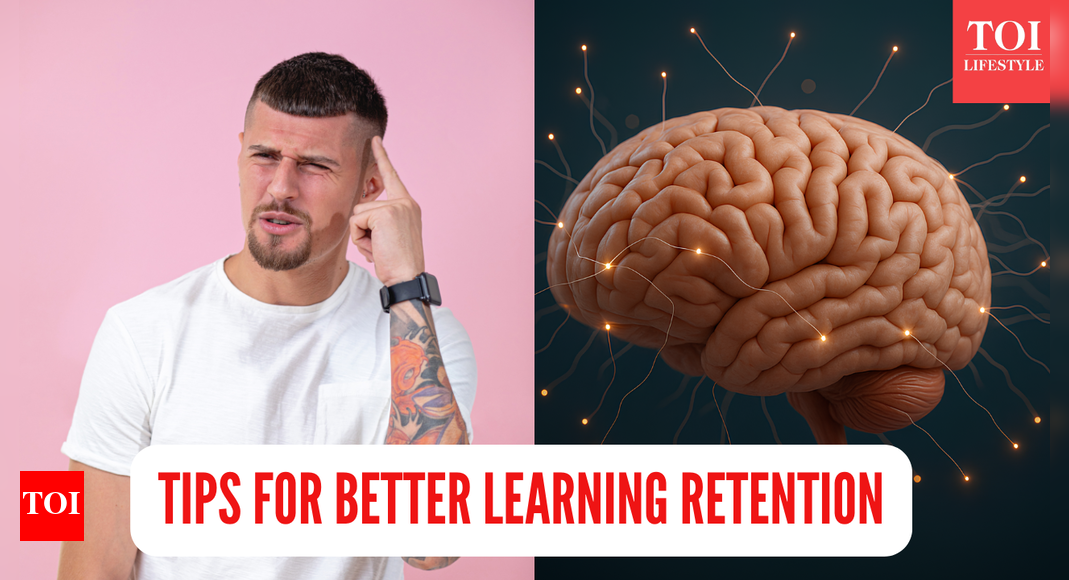
We have all been there, the late-night cramming sessions, studying for hours, reading a chapter again and again, or preparing notes for an important upcoming test, only to realise that the next day most of it has already slipped away. The details are only available in flashes. Despite the best effort, the brain seems to have its own way of deciding what it wants to retain, as in what stays and what fades. However, what if, there were a simpler, scientifically proven way to help the brain hold onto the information we consume, something that does not involve expensive supplements or complex algorithms, just a bit of movement at the right time?According to Dr. Kunal Sood, a board-certified physician, the secret lies in something as ordinary as exercise but, with a twist of course. The twist being: Timing matters more than we think. Research published in PMD also shows that exercising a few hours after studying, but not right away, can significantly boost how well the brain retains and recalls information. Meaning, exercise when timed correctly can literally rewire the brain for better learning.
The science behind the connection

In a landmark study published inCurrent biology: A cell press journalunder the title ‘Physical Exercise Performed Four Hours after Learning Improves Memory Retention and Increases Hippocampal Pattern Similarity during Retrieval’, studied 72 participants and how exercise timing influences memory. Participants were divided into three groups each:
- One group exercised immediately after learning
- Others exercised four hours late after studying
- Third, did not exercise at all
When tested two days, the group that exercised four hours after learning performed the best. They remembered more details and brain scans showed stronger reactivation of memory patterns in the hippocampus, the brain’s memory center.
So, what’s happening here..
When we learn something new, our brain forms what researchers call “early memory traces” These are fragile, temporary networks of neurons trying to “hold hands”. Over the next few hours, the brain begins consolidation, a process of strengthening and stabilizing these connections so that memories last long-time.The research clearly shows that if we exercise soon after learning, the body and brain are still in very delicate phase. But when we wait for a few hours, the brain gets some time to lay foundation. Then, exercising acts as a powerful amplifier, sending oxygen-rich blood, nutrients and neurochemicals that lock all the information in place.
How exercises enhances memory

Moderate aerobic exercise, such as walking, jogging, cycling, in some cases even dancing, triggers the release of what is called brain-derived neurotrophic factor, BNDF, a protein that is a miracle for the brain.BNDF helps grow new neurons, communicate and form stronger synaptic bonds. It also activates vital signaling pathways that stabilise new memories and encourage the birth of new neurons in the hippocampus.In a research published in National Library of Medicineunder the title, “Brain-derived neurotrophic factor and its clinical implications” it reads that low BNDF levels in the body are linked to obesity, diabetes and even heart diseases in some cases. When BNDF levels go up, it can reduce appetite, increase energy and protect both the cells and pancreatic cells (which are known to produce insulin)BNDF’s role is not limited to the brain: it also regulates inflammation, glucose and fat metabolism, connecting our brain health directly to our metabolic health. Being a bridge between the body and mind, this miracle molecule shows that how it would strengthen the brain apart from how it can heal the body too.Dr. Sood explains the timing of exercise is critical because of how memory consolidation unfolds. Immediately after studying, the brain is “recording” ne information and those neural circuits are still unstable, exercising too soon and you may interrupt that delicate writing process.To make it simpler: The brain needs quiet first and movement later. The first few hours after learning are about internal organisation; the exercise that follow gives those organised memories a stronger foundation.How to apply this in real lifeA gym membership is not what you might need, the key is being consistent and moderate effort.Study or learn first: Give yourself a 3-4 hour window before exercisingKeep the body engaged not exhausted: Overtraining can release stress hormonesRepeat the pattern: Regularly pairing learning with well-timed movement compounds the benefitsThis approach is not just for students, it applies to anyone learning a new skill, language or profession. In just 20-30 minutes, you will not just be strengthening the body, you will be teaching the brain how to remember better, think sharper and hold onto what truly matters.








